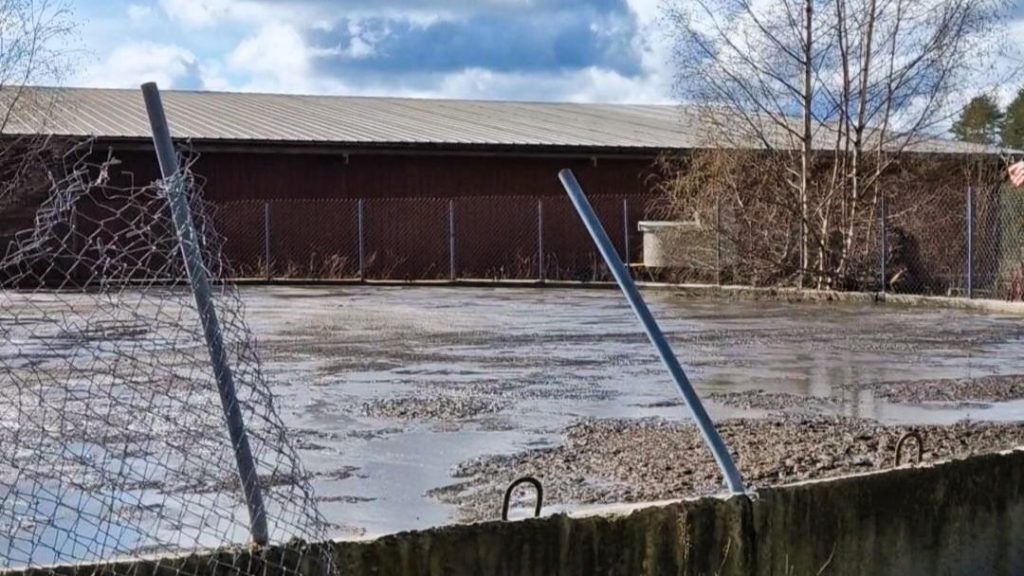Biobased side streams such as manure, straw or grass biomasses can be much more than waste – they are potential fertilisers, soil improvers or feedstock for example to biogas plants. But what can you ask for – or pay for, if you are in the role of a buyer – for these biobased side streams?
Price is not determined by chance. Although the markets for side streams are still developing, good starting points for pricing can be found through simple economic calculations and nutrient value assessments. The goal can be to cover costs – and in the best case, achieve economic benefit.

Manure’s value goes beyond nutrients
One of the most concrete ways to estimate the value of a side stream like manure is to compare its nutrient content to commercial fertilizers. This helps to assess the monetary benefit of using manure, compared to purchased fertilizers and provides a basis for potential price negotiations.
Calculation examples can be found in the ProAgria’s Manure Guide 2024 (in Finnish).
In addition, manure has a soil-improving effect that should not be underestimated. Organic matter, among other things:
- Enhances soil structure and water retention
- Reduces erosion and nutrient runoff
- Supports soil microbial activity
- Promotes crop formation in the long term
Based on research results, soil improvement benefit of dry manure has been estimated at approximately 1,70€/m³, and for slurry around 0,80€/m³ (results from the Järki Lanta project, presented in the ProAgria Manure Guide). Although these effects do not have a clear market price, they are estimated to play a significant role in crop yield and cultivation security.
Calculators to help – LaPaMa
The nutrient calculator developed in the University of Helsinki’s LaPaMa – Fertilize Better project offers practical assistance for recycling fertilization. The calculator supports plot-specific fertilization planning; you can input your own soil sample data and compare different fertilization options, including the use of various manures. Nutrient values per kg are defined in the calculator, which can be utilized for pricing.
Additionally, there is a simplified Manure Value Calculator, which can quickly calculate the savings produced by the nutrients in manure. The calculators help make informed decisions about the use and pricing of side streams.
👉 Try the calculators: Lannoita paremmin – Laskurit ja materiaalit | Helsingin yliopisto
What about the market?
The final price is often determined by supply and demand – and right now, these vary greatly by region. Although the markets are not yet established, listing your product or need on the KiertoaSuomesta.fi marketplace helps to create a foundation for the market. It is worth looking at what others are offering or seeking – and boldly making your own listing, even if a ready answer is not yet available.
It is important to note that MTK cannot provide recommended prices for agricultural products due to competition law. Therefore, this article offers tools and perspectives for pricing – not one correct figure.
Tips to support pricing:
- Calculate the nutrient value: Compare the nutrient content of your manure to commercial fertilizers.
- Factor in soil improvement benefits: Especially solid manure contains valuable organic matter.
- Do a cost-benefit analysis: Include handling, transport, and spreading costs.
- Monitor the market situation: What kind of demand and supply exists in your area?
- Use available tools: The LaPaMa calculators offer a simple and clear way to get started.
Pricing is a combination of nutrient content, organic matter value, handling costs, and market conditions. The most important thing is that using the side stream leaves you in a financially neutral – or even better, positive – position. Every calculated euro is a step toward a more resource-smart circular economy.